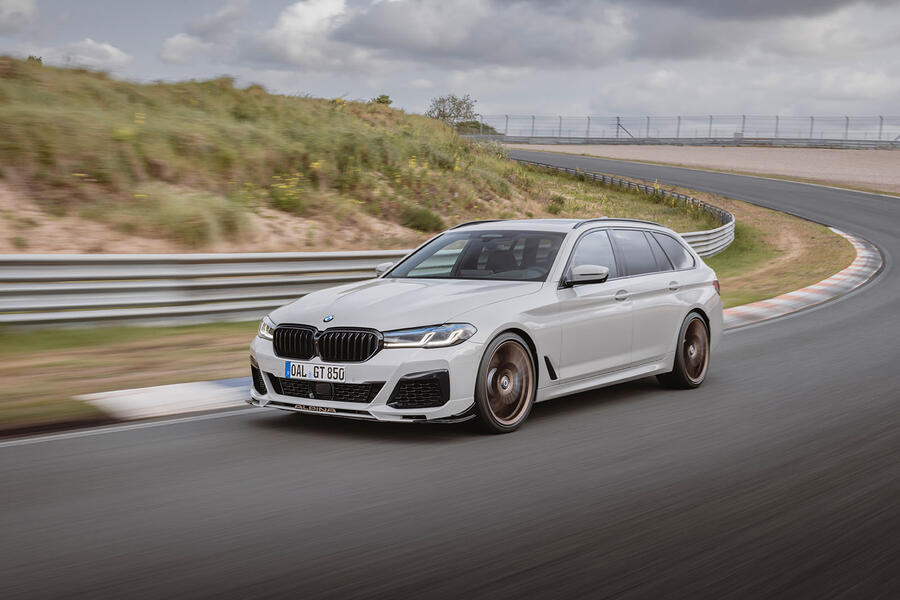Car manufacturers like Bentley face the challenge of deciding how and when to commit to the electrification of their cars. With premium brands releasing new plug-in hybrid SUVs with impressive electric ranges, Bentley cannot afford to ignore the growing market. Although buyers of the new Bentley Bentayga S Hybrid may not be concerned about benefit-in-kind tax bills, they will start to question why their Bentayga can only manage 30 miles between charges while their colleagues’ Range Rover can do 70 miles. As a result, Bentley has revisited its big SUV and made some improvements to the hybrid model.
The Bentley Bentayga Hybrid was introduced in 2019 as the brand’s first electrified car. Following the success of the Flying Spur Hybrid, Bentley has now expanded the Bentayga Hybrid model line to include the comfort-oriented ‘Azure’ and sporty ‘S’ derivatives. However, one disappointment is that Bentley did not replace the 3.0-litre V6 petrol engine with the more powerful 2.9-litre twin-turbocharged engine found in the Flying Spur Hybrid. Despite this, the Bentayga S Hybrid offers slightly more power and torque than its predecessor, along with a longer electric range. It also features a sporty exhaust and a sound generating resonator to compensate for the less audible combustion engine. On the outside, the car boasts sporty seats, bumpers, and carbon fibre body trim options. However, the driving experience falls short of transformational.







